
RWA Flagship Resume Training Program: Class 2 – Language & Grammar © 2017 Resume Writing Academy | Page 1
RESUME WRITING ACADEMY – FLAGSHIP RESUME TRAINING PROGRAM
Class #2: Language and Grammar
for Resume Writing
NUMBERS, RANGES, AND MONEY
When referring to numbers, “more than” is the correct and preferred usage.
Incorrect:
• Cut expenses over 33% in 2 years.
• Saved over $500K annually by automating accounting processes.
• Led a team of over 400 professionals.
• Managed projects located in over 7 countries.
Correct:
• Cut expenses more than 33% in 2 years.
• Saved >$500K annually by automating accounting processes.
• Led a team of 400+ professionals.
• Managed projects located in 7 countries.
When showing a range, be sure to include the qualifiers as well as the numbers.
Incorrect:
• Saved $2–$3 million.
• Cut operating expense 4–5%.
Correct:
• Saved $2 million–$3 million (or $2M–$3M).
• Cut operating expense 4%–5%.
When writing numbers, you have two options:
• Write out all numbers below 10 – one, two, three, etc. Above 10, use digits.
• Use digits in all cases – 1, 2, 3, etc.
Both are correct, but be consistent! Pick one style and stick with it forever.
In writing about money, you can either spell out thousands, millions, and billions or use symbols (K, M,
and B – all upper case).
Be consistent!
• Saved $40K of $1M budget by recycling office supplies.
• Saved $40,000 of $1,000,000 budget by recycling office supplies.
• Managed $2M project for a $3B global conglomerate.
Note:
Never combine dollar sign and the word dollars – “$40 million dollars” is redundant and incorrect.
In writing percentages, you can include the word “by” or omit it. We generally omit it to promote “tight”
writing. Both of the following examples are correct. Whichever you choose,
be consistent.
Correct/Preferred:
Spearheaded HR initiatives that reduced turnover 12% and training time 18%.
Correct:
Cut costs
by
24%, improved throughout
by
16%, and accelerated cycle time
by
20%.
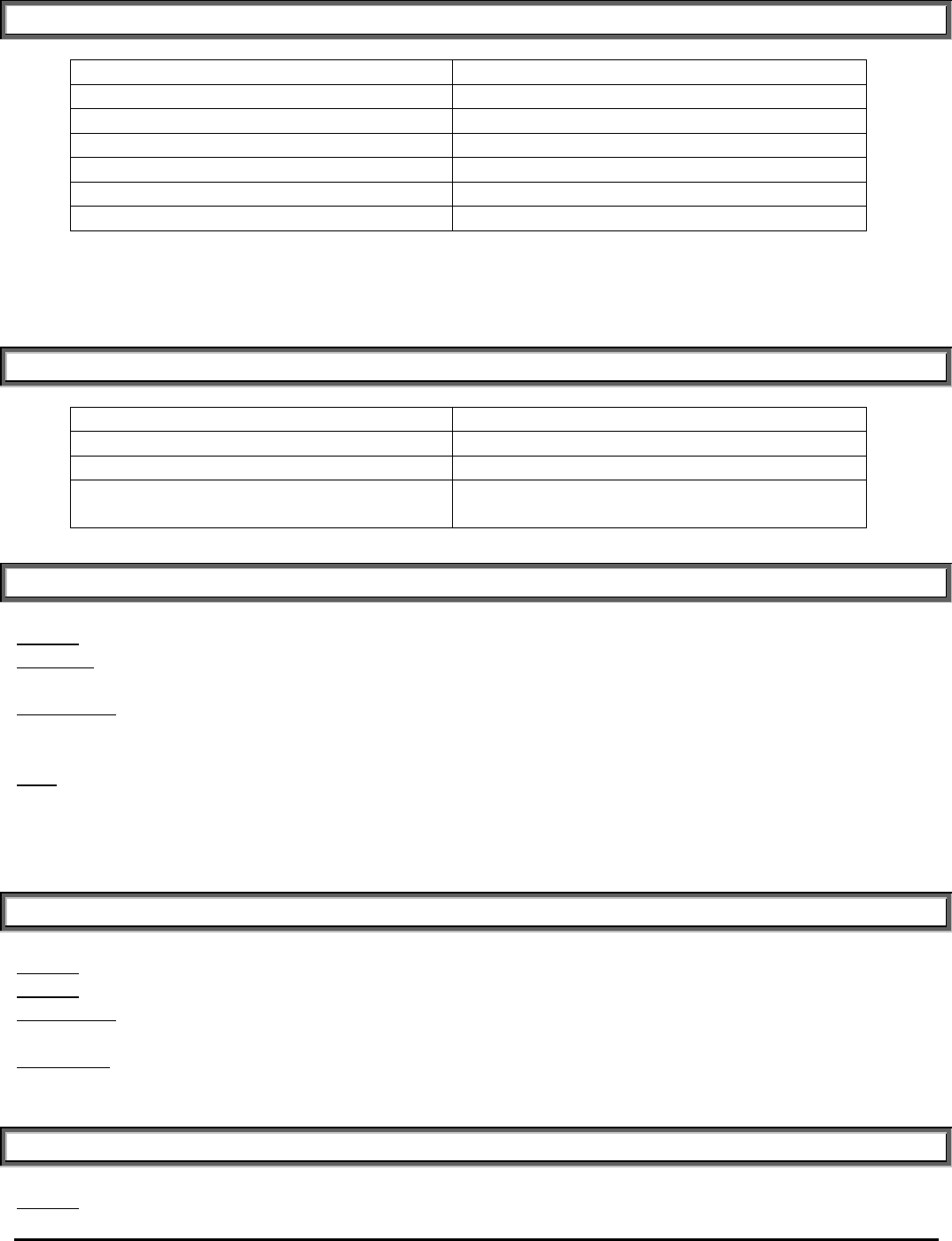
RWA Flagship Resume Training Program: Class 2 – Language & Grammar © 2017 Resume Writing Academy | Page 2
EDUCATION / DEGREES
Correct
Incorrect
Bachelor of Science degree
Bachelors of Science
Bachelor’s degree
Bachelor’s of Arts
Master’s degree
Master’s of Business Administration
Master of Business Administration
Masters of Business Administration
Associate’s degree
Associate’s of Arts
Associate of Arts
Associates of Applied Science
Note: In a resume, we do not include “degree” when in the education section. Degrees are listed
“Bachelor of Science, Biology” or “B.S., Biology” (you could use “in” instead of the comma – the point here
is not to use “Bachelor of Science Degree” in the education section, you might use that in a letter).
APOSTROPHES
Correct
Incorrect
12 years’ experience
12 year’s experience
12 years of experience
12 years experience
1 year’s experience
[because we are
referring to 1 year, not multiple years]
1 years experience
COMMA BETWEEN CLAUSES OF SENTENCE
Correct:
Created market-entry plan for new “green” product line and captured 17% market share.
Incorrect:
Created market-entry plan for new “green” product line, and captured 17% market share.
Explanation:
Second clause (after “and”) is dependent – it cannot stand on its own – and therefore does
not require a comma.
Note:
Because we delete the subject “I” in resumes, it is rare that there would be two independent
clauses in a sentence. Check twice when you are tempted to insert a comma between two
clauses; it is probably not needed. If the sentence is complex, it is usually better to break it into two or
use a semicolon rather than adding an unnecessary and incorrect comma.
COMMA SETTING OFF PARENTHETICAL PHRASES
Correct:
Led rebound of hospitality sector following September 11, 2001, terrorist attacks.
Correct:
Relocated to Hartford, Connecticut, to assume VP role with insurance subsidiary.
Explanation:
Parenthetical commas must be a “matched pair” – one before and one after.
Remember:
Surround DATES and STATES with commas … a comma after if a comma before. The one
exception is at the top of a resume. There is no comma between state and zip (Fort Collins, CO 80526).
COMMA BEFORE PRESENT PARTICIPLE PHRASE
Correct:
Introduced new practices, saving $5K annually.
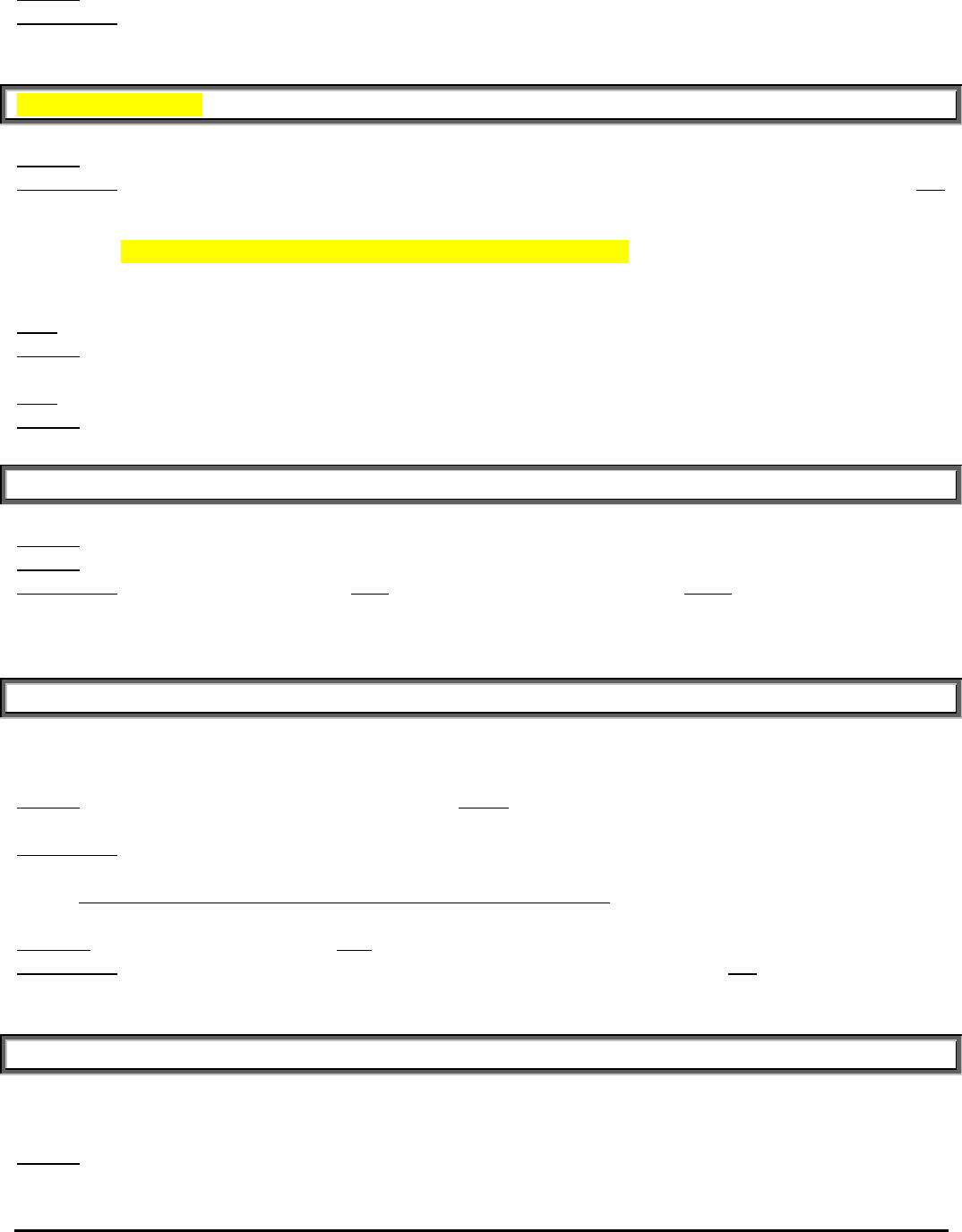
RWA Flagship Resume Training Program: Class 2 – Language & Grammar © 2017 Resume Writing Academy | Page 3
Correct:
Led a rapid cost-reduction effort for Midwest, reducing operating expenses 12% in 2 months.
Explanation:
A comma is required between the primary clause and the participial phrase (“…saving,”
“reducing”).
COMMA IN SERIES – BE CONSISTENT!
Correct:
Exceeded all goals for revenue, profit, and productivity.
Explanation:
It is grammatically correct to use the series comma (before the word “and” in a series) or
not
use it. What is essential is that you be consistent – ALWAYS use or it NEVER use it. Rather than having
you or us fret over it, in all of your RWA homework we require that you use the series comma. This
means that you must insert a comma before the final “and” in a series … every time, in every resume and
every cover letter.
Note:
When items in a series include commas, the series comma is replaced by a semicolon.
Correct:
Opened offices in Tampa, Florida; Halifax, Nova Scotia; and Green Bay, Wisconsin.
Note:
Don’t use a series comma before an ampersand.
Correct:
Management, Training & Development
VERB IN SERIES
Correct:
Increased profits 27%, elevated productivity 13%, and cut expenses 27%.
Correct:
Reduced production costs 27%, waste 14%, and cycle time 16%.
Explanation:
In a series, you may use ONE verb for all items in the series or EACH item must have its own
verb. Cannot share one verb with 2 items and introduce a third –
incorrect example,
“Increased profits
27%, productivity 13%, and cut expenses 27%.”
USE OF “THAT” AND “WHICH”
As a general rule, use “which” rarely and “that” much more often.
Correct:
Led initiative to restructure the company, which had been unprofitable for 10 years, and restore it
to profitability.
Explanation:
“Which clauses” are known as nonrestrictive clauses and MUST be set off by commas –
before and after. This generally makes the sentence more complicated.
Note:
“Which” should refer to the word that immediately precedes it – in this case, “company.”
Example:
Led restructuring initiative that reversed 10 years of unprofitability.
Explanation:
“That” clauses are essential to the meaning of the sentence and are not set off by commas.
Note how much simpler this example is in comparison to the first example.
“INCLUDING” PHRASES
The “including” phrase is set off by commas, and the word “including” should come immediately after the
word it refers to.
Correct:
Managed all HR functions, including recruitment, hiring, and retention, and managed 10 staff.
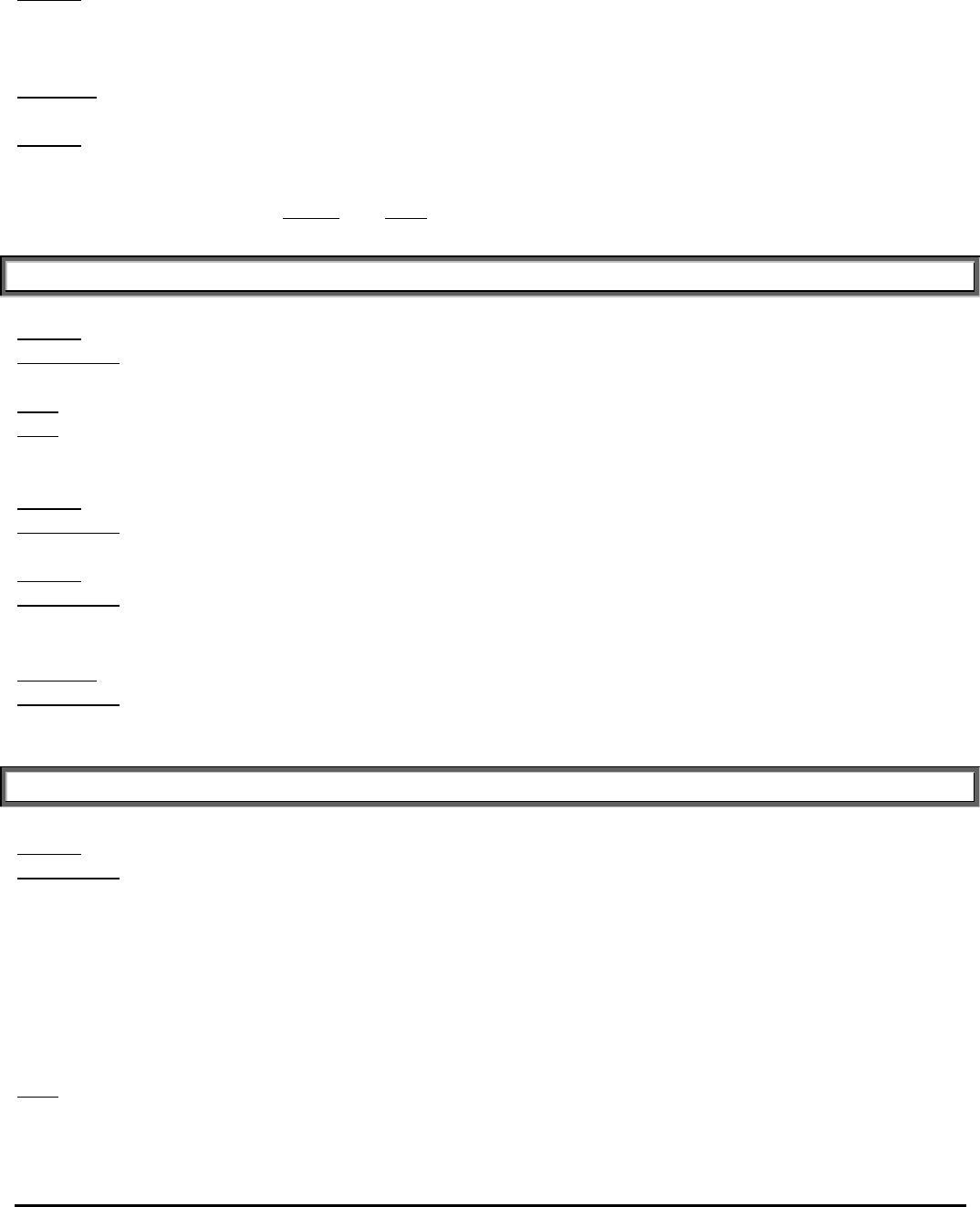
RWA Flagship Resume Training Program: Class 2 – Language & Grammar © 2017 Resume Writing Academy | Page 4
Sometimes it’s necessary to remove the “including” phrase by a word or two, as in this example, when
“including” relates back to “aspects” and not to “project.”
Correct:
Managed all aspects of the project, including needs definition, proposal writing, pitch, closing,
and contract negotiations.
Avoid separating them if possible and always be certain that you’re clear about what “including” refers to.
Incorrect:
Managed a large team of professionals and directed entire project, including programmers,
database experts, and experience designers.
Correct:
Managed a large team of professionals, including programmers, database experts, and
experience designers, and directed entire project.
Remember to place a comma
before
and
after
the “including” phrase.
HYPHENATION
Correct:
Led a high-profile campaign to introduce best-in-class business practices.
Explanation:
When 2 or more words are used as a one-thought modifier before a noun, they are
hyphenated.
Note:
Adverbs ending in “ly” do not take the hyphen. “Built a highly productive team.”
Note:
Common compound names used as adjectives are generally not hyphenated – “supply chain
management, high school education, real estate agent, safe deposit box.”
Correct:
Hired new staff to cross-check all entries.
Explanation:
Verbs composed of 2 or more words combined to form a single thought are hyphenated.
Correct:
Delivered multimillion-dollar revenue growth by revitalizing an underperforming team.
Explanation:
Do not hyphenate words that can be written as one word (multimillion, underperforming,
outperform, outpace).
Incorrect:
Increased sales by double-digits annually.
Explanation:
Be careful not to insert a hyphen where it is not needed! Simple compound nouns (“double
digits”) do not require a hyphen unless used to modify a noun – “Double-digit growth.”
EN-DASH
Correct:
75–100 staff; budget of $4M–$5M; 2008–2010
Explanation:
The en-dash is used to indicate “to” between numbers.
You can create the en-dash in these ways:
• By typing space-hyphen-space. When you type the next letter (or hit a tab or return), the hyphen
is transformed to an en-dash. (Most MS Word settings.)
• By using “Insert-Symbol-Special Characters–En dash.”
• By using a keyboard shortcut. You can see the keyboard shortcut on the “Insert-Symbol” menu,
or you can create your own.
Note:
It is preferable NOT to use spaces before and after the en-dash. So I find it’s a lot faster to use a
keyboard shortcut than to go back and remove the spaces that you need to use to let Word automatically
create the en-dash.
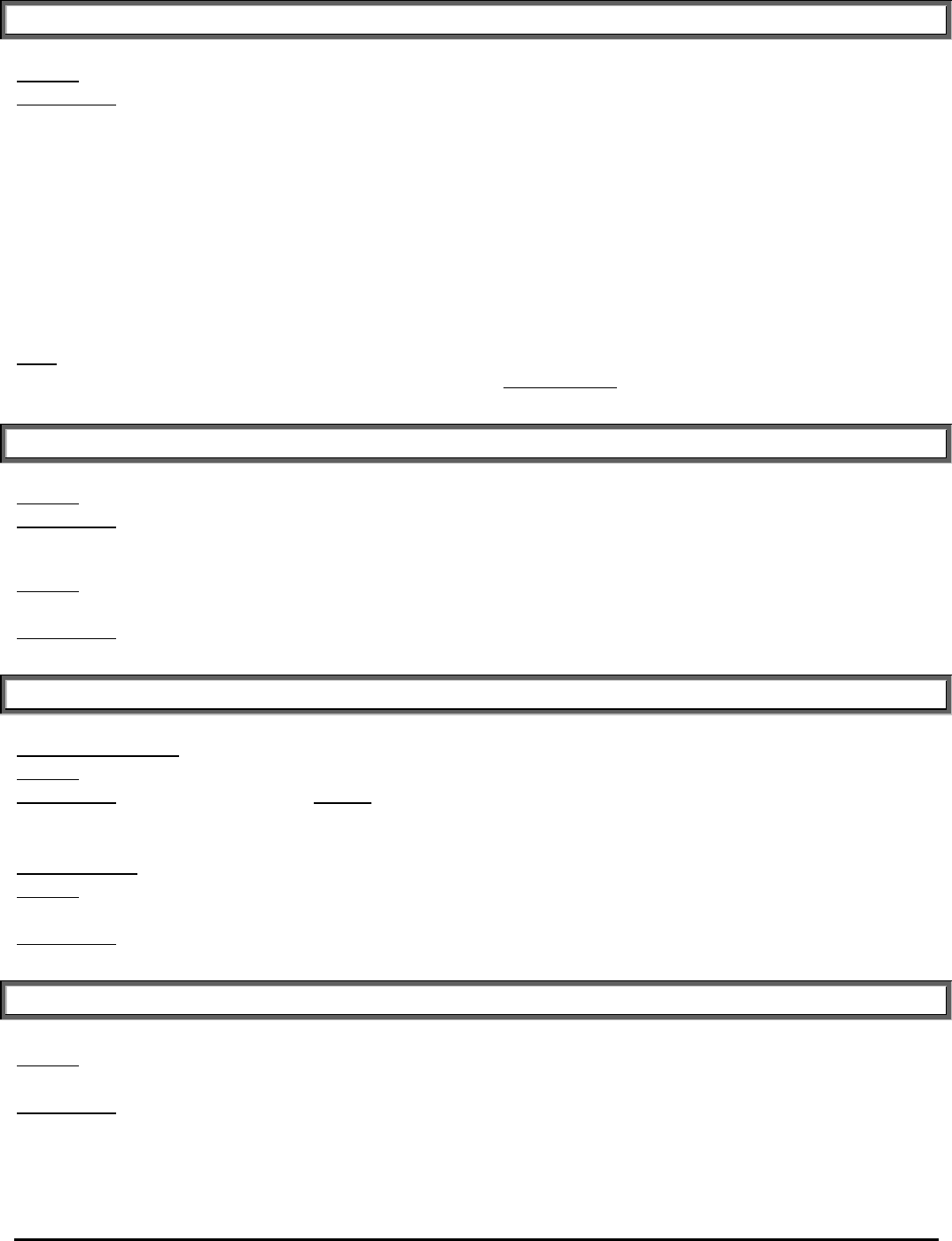
RWA Flagship Resume Training Program: Class 2 – Language & Grammar © 2017 Resume Writing Academy | Page 5
EM-DASH
Correct:
Closed $4M in new sales—a new company record—through aggressive cold-calling.
Explanation:
A dash is used to set off a word or phrase to give it extra emphasis or otherwise distinguish
it from the surrounding text. You must use an opening and a closing dash except when the dash
expression ends the sentence—as in this example.
You can create the em-dash in these ways:
• By typing hyphen-hyphen. When you type the next letter (or hit a tab or return), the double
hyphen is transformed to an em-dash. (Most MS Word settings.)
• By using “Insert-Symbol-Special Characters–Em dash.”
• By using a keyboard shortcut. You can see the keyboard shortcut on the “Insert-Symbol” menu,
or you can create your own.
Note:
An alternative to the em-dash is to use the en-dash surrounded by spaces. (“Closed $4M in new
sales – a new company record.”) Whatever you choose,
be consistent.
PERIODS AFTER BULLETS
Correct:
• Delivered 17% cost reduction by leading office-wide belt-tightening efforts.
Explanation:
Bullet point is a complete sentence (written in resume style without the word “I”) and
therefore requires a period at the end.
Correct:
• Construction Management • Budget Management & Cost Control
• Subcontractor Selection & Oversight • Quality Assurance
Explanation:
Bullets in list form typically are not complete sentences and therefore do not require periods.
ORDER OF PUNCTUATION
Quotation Marks
Correct:
Named 2009 “Rookie of the Year,” “Team Leader of the Quarter,” and “Manager of the Year.”
Explanation:
Periods and commas
always
go inside quotation marks. Semicolons, question marks, and
exclamation points go
inside
if they are part of quoted material,
outside
if not.
Parentheses
Correct:
(I completed all projects under budget and on schedule (2007, 2008, 2009), and my region led
the company in profitability.)
Explanation:
Punctuation goes outside parentheses if it is
not
part of parenthetical material; inside if it is.
PARALLEL STRUCTURE
Correct:
Led team in defining needs, creating and implementing project plan, testing, and
troubleshooting.
Explanation:
Use the same word form for every item in a list or sequence.

RWA Flagship Resume Training Program: Class 2 – Language & Grammar © 2017 Resume Writing Academy | Page 6
Correct:
(example of a qualifications summary … words in bold are parallel structure)
▪ Outstanding leadership and senior-level experience in complex tactical planning, execution, and
operating management.
▪ Expertise in managing relationships between security components and programs within the
Department of Homeland Security and other Federal departments.
▪ History of coordinating interagency actions on threats with Transportation Security Administration
(TSA), Department of Homeland Security (DHS), Immigrations Customs Enforcement (ICE), and United
States Secret Service (USSS).
▪ Reputation for being professional, analytical, drug-free, detail- and results-oriented.
Alternative example of same achievements – also correct:
▪ Outstanding leader with senior-level experience in complex tactical planning, execution, and operating management.
▪ Expert in managing relationships between security components and programs within the Department of
Homeland Security and other Federal departments.
▪ Effective coordinator of interagency actions on threats with Transportation Security Administration (TSA),
Department of Homeland Security (DHS), Immigrations Customs Enforcement (ICE), and United States Secret
Service (USSS).
▪ Consummate professional with powerful analytical skills, a drug-free record, and strong detail/results orientation.
Note:
You have a bit more leeway in the paragraph format, but limit yourself to two different word
forms—for example, begin with a noun/subject (“Versatile operations manager”), then begin all other
sentences with a verb (“Delivered … ,” “Led …”). Don’t switch back and forth throughout the paragraph,
and don’t introduce a third form (noun/object) (“Record of achievement in…”).
Before-and-after example:
Before (incorrect)
Senior manufacturing executive with 15 years of success launching and leading manufacturing
facilities in China, the US, and across Asia-Pacific. Track record of turning around poor-
performing operations to increase profitability. Excellent communicator and innovative problem
solver with expertise resolving obstacles of doing business in foreign markets. Proficient in
speaking and conducting business in Mandarin Chinese. Possess MBA in International Marketing.
1) Noun/subject (manufacturing executive)
2) Noun/object (track record)
3) Noun/subject (communicator)
4) Adjective (proficient)
5) Verb (possess)
After – now with parallel structure:
Senior manufacturing executive with 15 years of success launching and leading manufacturing
facilities in China, the US. and across Asia-Pacific. Change agent with track record of turning
around poor-performing operations to increase profitability. Excellent communicator and
innovative problem solver with expertise resolving obstacles of doing business in foreign markets.
Proficient speaker of Mandarin Chinese for business purposes. MBA in International Marketing.
1) Noun/subject (manufacturing executive)
2) Noun/subject (change agent)
3) Noun/subject (communicator)
4) Noun/subject (speaker)
5) Noun/subject (MBA – “I am an MBA”)
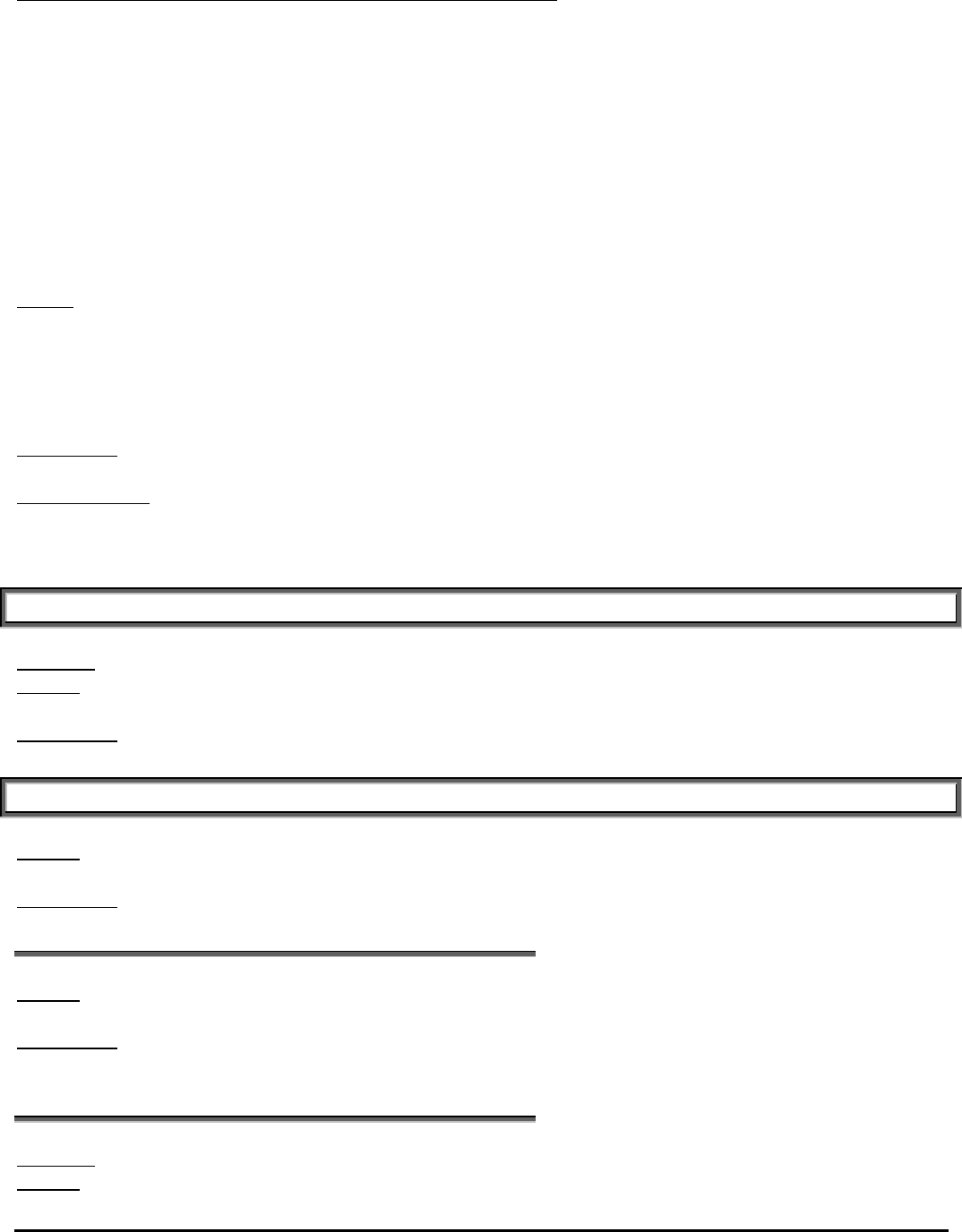
RWA Flagship Resume Training Program: Class 2 – Language & Grammar © 2017 Resume Writing Academy | Page 7
Another “after” alternative – with acceptable parallel structure:
Senior manufacturing executive with 15 years of success launching and leading manufacturing
facilities in China, the U.S., and across the Asia-Pacific region. Track record of turning around
poor-performing operations to increase profitability. Excellent communication skills, innovative
problem-solving approaches, and proven expertise resolving obstacles of doing business in foreign
markets. Mandarin Chinese language proficiency. MBA in International Marketing.
1) Noun/subject (manufacturing executive)
2) Noun/object (track record)
3) Noun/object (skills)
4) Noun/object (proficiency)
5) Noun/object (MBA – “I possess an MBA”)
Correct:
• Customer Relationship Management
• Sales and Marketing Programs
• Account Planning & Negotiation
• Team Building & Team Leadership
• Lead Generation
• Competitive Positioning
• New Market Development
• Large & Key Account Management
Explanation:
All items in list must be in parallel structure.
Don’t be fooled
by words ending in ing. Sometimes these are nouns, sometimes verbs. Make sure you are
using them correctly. For example, “Managing Customer Relationships” is not the same as “Team
Building.” In the first case, “Managing” is used as a verb; in the second, “Team Building” is a noun.
DIRECT VOICE
Incorrect:
Division rose to #3 among 17 districts in the company within 2 years.
Correct:
Led division to #3 among 17 districts in the company within 2 years.
Explanation:
As a general rule, use direct voice. “I made this happen,” not “this happened.”
UNIQUE RESUME LANGUAGE
Correct:
Managed team of 10 to first-place performance.
Explanation:
“Resume style” is to write in the first person but omit the word “I.” “Resume style” is also to
omit articles (a, the, an) for a tighter writing style.
Correct:
Achieve results through combination of technical expertise and leadership skills.
Explanation:
Always write in first person – “I do this” – and not in third person – “he/she does this.” When
you write in the third person, it’s as though you’re writing about someone else and it takes the ownership
away from your client.
Incorrect:
Successful in executing a turnaround, exceeding all goals within 6 months.
Correct:
Executed a turnaround, exceeding all goals within 6 months.
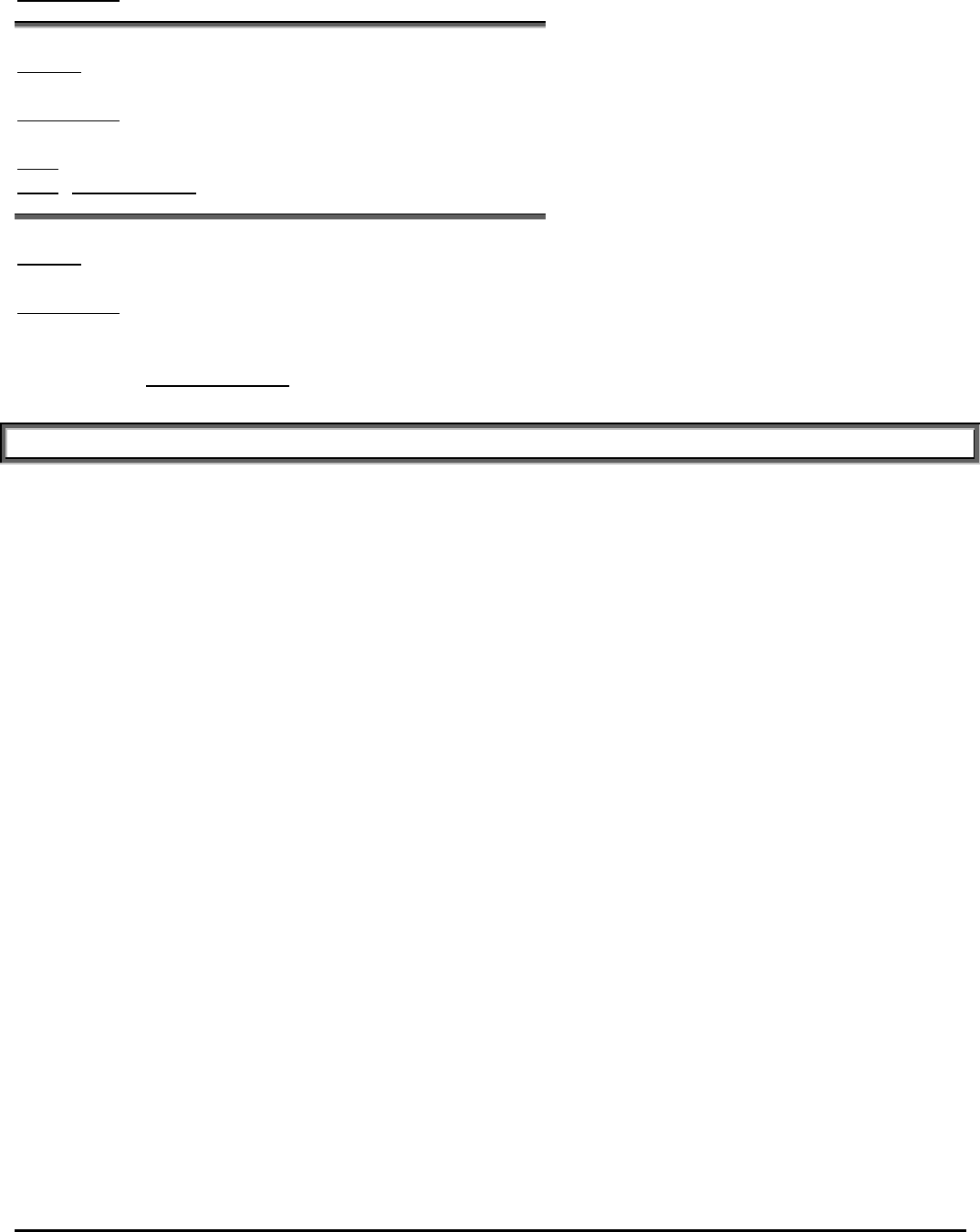
RWA Flagship Resume Training Program: Class 2 – Language & Grammar © 2017 Resume Writing Academy | Page 8
Explanation:
It is best to begin sentences with past-tense (or present-tense) verb rather than adjective.
Correct:
Promoted 3 times in 5 years.
Explanation:
It’s OK to use digits rather than spelling out numbers.
Note:
Do not use a digit as the first word in a sentence.
Note: Be consistent!
Correct:
Accomplished Marketing Professional with 6 years of experience in CPG industry.
Explanation:
It’s OK to capitalize certain words for emphasis where in normal writing they would be lower
case. Best example is job titles.
Golden rule:
Be consistent!
WRITE IT RIGHT
Some words are written differently depending on how they are used.
When used as a noun: 1 word or hyphenated
Turnaround:
Led turnaround of company’s poorest-performing district.
Takeover:
Fended off hostile takeover.
Startup:
Selected to oversee startup (or start-up) of product line.
Setup:
Managed the setup (or set-up) of new office in Toledo.
Follow-up:
Ensured timely follow-up on all projects.
When used as a verb: 2 words
Turn around:
Hired to turn around company’s poorest-performing district.
Take over:
Challenged to take over failing project.
Start up:
Selected to start up new product line.
Set up:
Helped to set up new office in Toledo.
Follow up:
I will follow up with you early next week to schedule an interview.
Past tense of lead: led
Led a 6-member team.
Startup is also hyphenated or one word when used as an adjective.
Joined startup (or start-up) company and grew sales from the ground up to $5M.
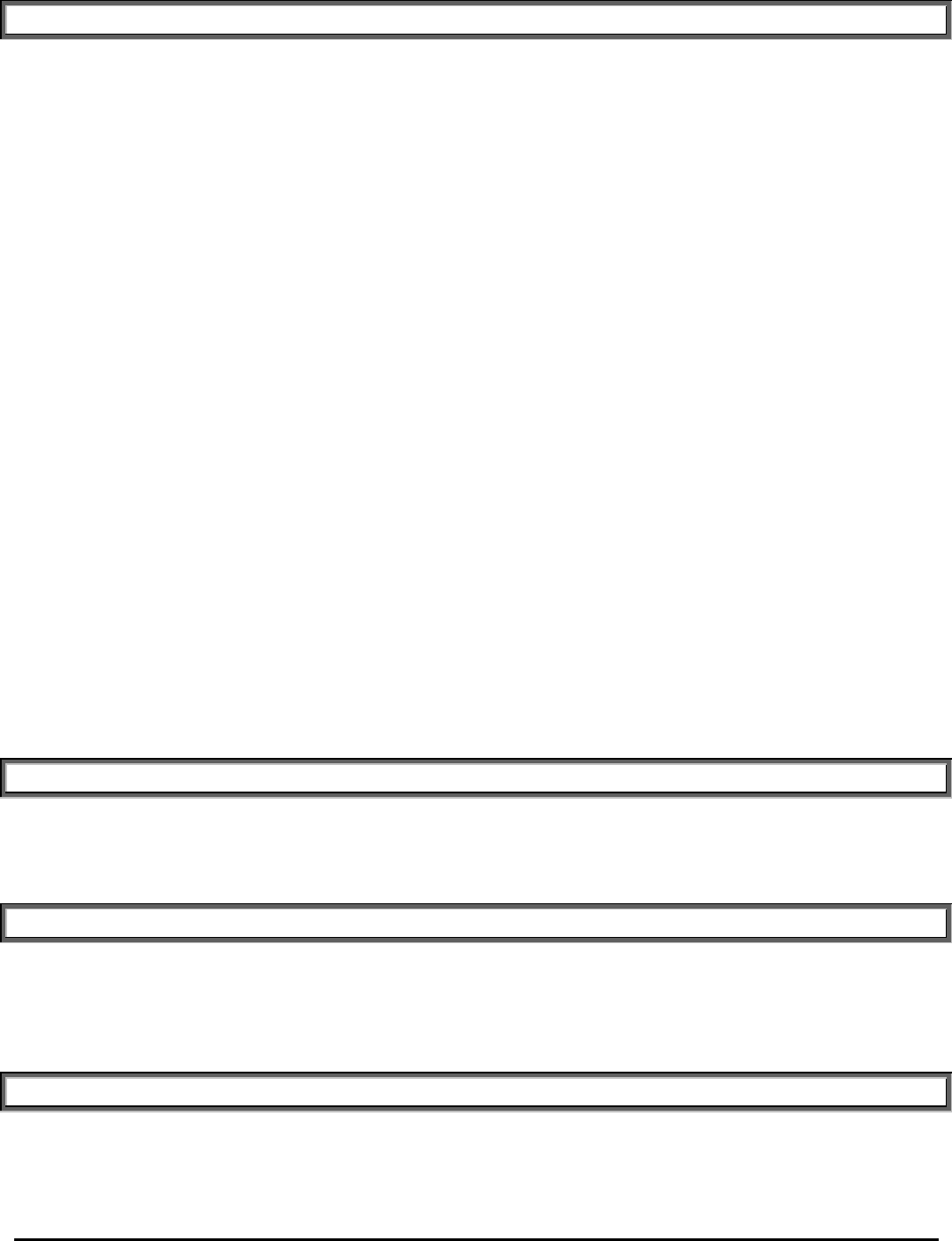
RWA Flagship Resume Training Program: Class 2 – Language & Grammar © 2017 Resume Writing Academy | Page 9
WRITE TIGHT
1. Use short sentences.
2. Select short words.
3. Develop short paragraphs.
4. Avoid jargon or pompous language (use jargon only when appropriate).
5. Use lists and headings, but be sure to make the items parallel.
6. Be concise; eliminate unnecessary words.
7. Be specific and concrete.
8. Avoid overuse of adjectives.
Specific guidelines:
Avoid clichés and wordy phrases.
• Due to the fact that = because.
• In order to = to.
• As to whether = whether.
• A considerable amount of = considerable.
• In a hasty manner = hastily.
• Have a preference for = prefer.
• Depending upon = depending on.
Employ resume style
– eliminate articles (a, an, the) and use acronyms as appropriate.
• Be consistent throughout the resume.
• Don’t sacrifice meaning and readability.
• Use your judgment as a writer! (You will not be graded on this.)
Eliminate widows and orphans
– edit and/or reformat to avoid leaving a single word or two on a
line all alone. Slight editing of bullet points and paragraphs can make a huge difference in resume
length.
AVOID REPETITION
If you are going to repeat information in a resume, you must say it in a different way. Watch out for using
the same verbs to start every bullet point and writing every bullet in the same sentence structure.
MAKE IT MAKE SENSE
Be careful that you don’t get so caught up in shortening, tightening, and reducing copy that you end up
with sentences or phrases that don’t make sense. When in doubt, erase what you’ve written and start
again – simply – to tell the story of what happened. Simple, clean, straightforward writing is good writing!
BE SPECIFIC
Avoid wishy-washy words like “significant” and relatively meaningless words like “successfully.” Don’t use
“resume words” or statements just to throw something in there – know what you want to say and say it.
